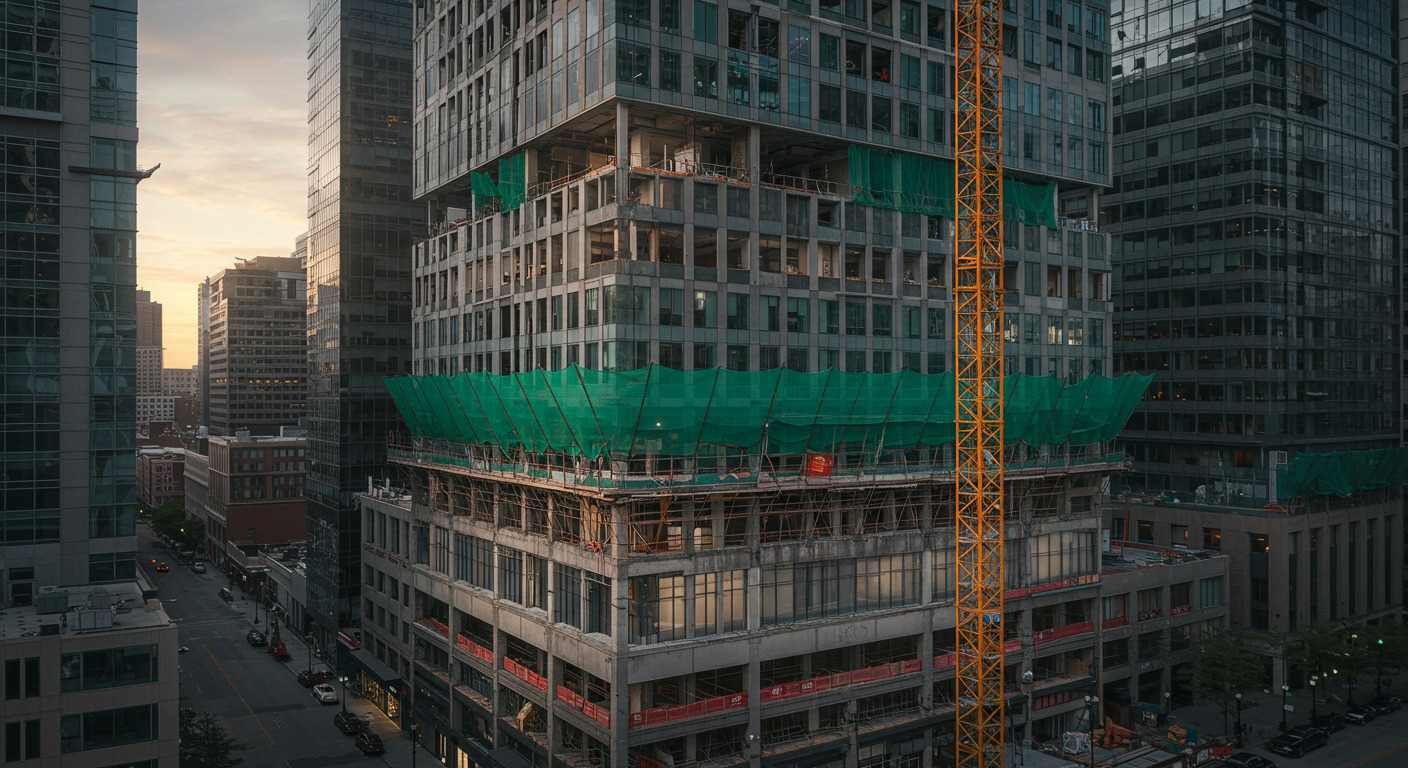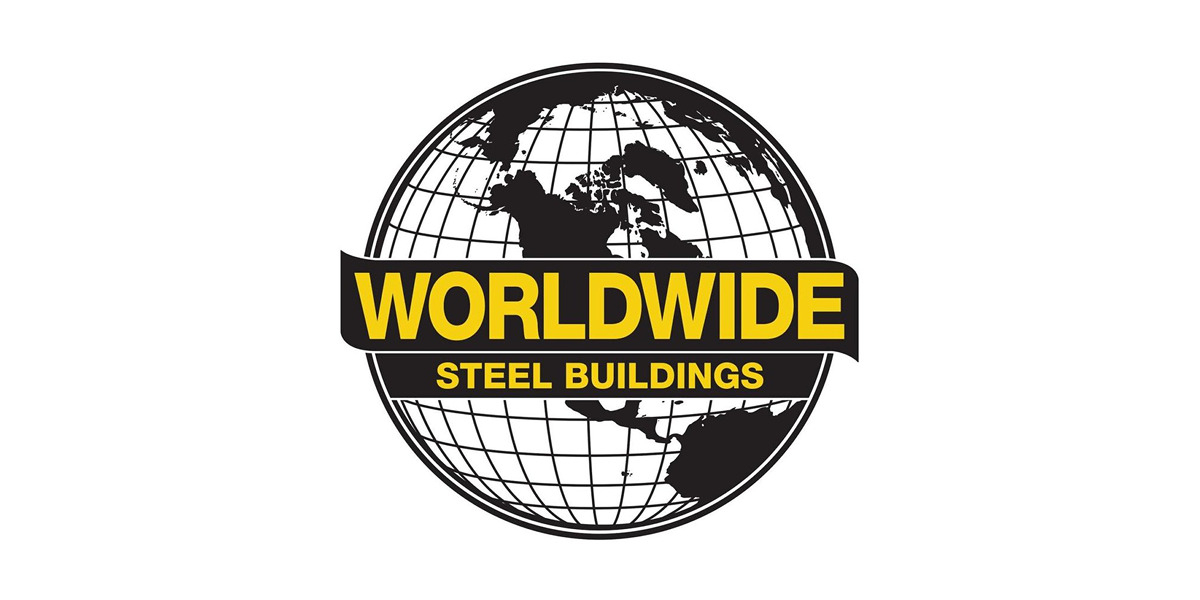The United States office market has reached a grim milestone, with vacancy rates climbing to a new historic high and compounding a deepening crisis for property owners and the lenders who finance them. Persistently high levels of remote work and cautious return-to-office strategies are the primary drivers behind this seismic shift, which is sending severe economic shockwaves through major metropolitan areas. According to recent data from Moody's Analytics, the national office vacancy rate surged to an unprecedented 20.7% in the second quarter, signaling a structural disruption rather than a temporary downturn for the multi-trillion-dollar sector. This glut of empty space is forcing a painful reckoning across the industry, threatening property valuations and straining the balance sheets of regional banks heavily exposed to commercial loans.
A Market Awash in Empty Space
The scale of the vacancy problem is vast, touching nearly every major city and suburban market across the country. While the national average paints a stark picture, a closer look at tech-centric hubs reveals an even more severe situation. In San Francisco, a city once defined by its booming tech-fueled real estate market, the office vacancy rate has soared to a staggering 27.7%, a dramatic increase from its pre-pandemic level of just 8.6% in 2019. Other major business districts are also grappling with an exodus of tenants, with Downtown New York's vacancy rate nearing 23% and Charlotte's reaching 23%, well above the national figure. Even suburban office parks, once seen as a potential beneficiary of decentralization, have seen vacancies climb to record levels. In this challenging environment, a distinct flight to quality has emerged, with a significant share of leasing activity concentrated in premier, modern Class A buildings, as companies prioritize high-quality amenities and prime locations to entice employees back to the office.
|
City / Region |
Q2 2025 Office Vacancy Rate |
Source / Note |
|
San Francisco |
27.7% |
Highest among major tech hubs |
|
New York (Downtown) |
23% |
Struggling despite stronger Midtown leasing |
|
Charlotte |
23% |
Remains above the national average |
|
U.S. National Average |
20.7% |
A record high per Moody's Analytics |
|
Philadelphia (Center City) |
20.4% |
Vacancy stabilizing due to conversions |
The Economic Ripple Effect
The glut of empty office space creates a cascade of financial consequences extending far beyond building owners. Landlords are caught between falling rental income and the rising costs of servicing their debt, a predicament worsened by a looming debt wall. An estimated $290 billion in loans secured by office properties are set to mature by the end of 2027, creating a high-stakes environment where refinancing is difficult and defaults are increasingly common. This pressure is particularly acute for regional banks holding significant commercial real estate debt.
Furthermore, the crisis is severely impacting municipal finances. As property values decline, so does the property tax base that cities depend on to fund essential public services like schools, transit, and public safety, noted one urban policy expert. This creates a challenging cycle where service cuts could make cities less attractive, further dampening the demand for office space.
An Industry Pivot: From Towers to Warehouses and Apartments
In response to the unprecedented downturn, the commercial real estate industry is undergoing a significant strategic pivot, moving away from traditional office development and toward more resilient asset classes. This reaction involves two key trends: the complex process of converting obsolete office buildings into new uses and a broader capital shift toward sectors with stronger fundamentals. Developers are now forced to rethink the nature of urban commercial space, acknowledging that the pre-pandemic model of speculative office construction is no longer viable. The industry's adaptation is a direct response to fundamental changes in how and where Americans work, a shift that appears to be permanent.
The Conversion Conundrum
The most visible reaction to the office glut is the growing trend of adaptive reuse, particularly converting empty office towers into residential apartments. Across the nation, over 149 million square feet of office space are currently slated for some form of conversion, as developers and city officials seek to simultaneously address the office vacancy and housing shortage crises. Philadelphia offers a promising case study, where the strategic removal of over 1 million square feet of aging office inventory for residential conversion has helped stabilize its Center City vacancy rate at 20.4%. Despite these successes, such projects are fraught with significant challenges that limit their widespread applicability, including:
- Zoning restrictions: Many downtown commercial zones do not permit residential use without lengthy and costly approvals.
- Structural mismatches: Office buildings often have deep floor plates, making it difficult to design apartments with adequate natural light and ventilation.
- Plumbing and utilities: Retrofitting residential plumbing, electrical, and HVAC systems into a commercial tower frame is complex and expensive.
- Financial viability: The high cost of conversion can make the final residential units unaffordable for the target market, creating a risk for developers.
Shifting Focus to Resilient Assets
Beyond conversions, a more fundamental shift occurs as developers and investors redirect capital away from the beleaguered office sector. Faced with high construction costs and profound demand uncertainty, many are now avoiding new office projects altogether. Instead, they are pivoting toward asset classes with robust demand drivers. Chief among them are logistics centers and modern industrial facilities, where pre-engineered solutions from companies like Worldwide Steel Buildings enable rapid construction to meet the sustained growth of e-commerce and the need for resilient supply chains.
This strategic reallocation of capital is starkly illustrated by comparing market performance. While the office sector languishes, the industrial market remains relatively healthy; despite its vacancy rate rising to 7.1%, it continues to show strong demand for modern, well-located facilities.
The U.S. office market is not merely navigating a cyclical downturn but is amid a fundamental realignment driven by the post-pandemic evolution of work. The speculative office tower construction era that defined city skylines for decades appears to be over, replaced by a search for more flexible, mixed-use, and cost-effective development models. The industry's future will likely be defined by its ability to adapt to a world where the office is just one of many places where work gets done, marking a permanent departure from the pre-2020 landscape.
About Worldwide Steel Buildings
Worldwide Steel Buildings has been serving the public since 1983, when we opened our truss factory in Peculiar, Missouri. Today, Worldwide Steel Buildings is an independent operating company of Fall River Holdings, LLC. We offer high-quality, cost-effective custom metal building kits to individuals and small businesses across North America and around the world. For more information, visit www.worldwidesteelbuildings.com.
Media Contact
Jeff Snell
jeff@worldwidesteelbuildings.com


